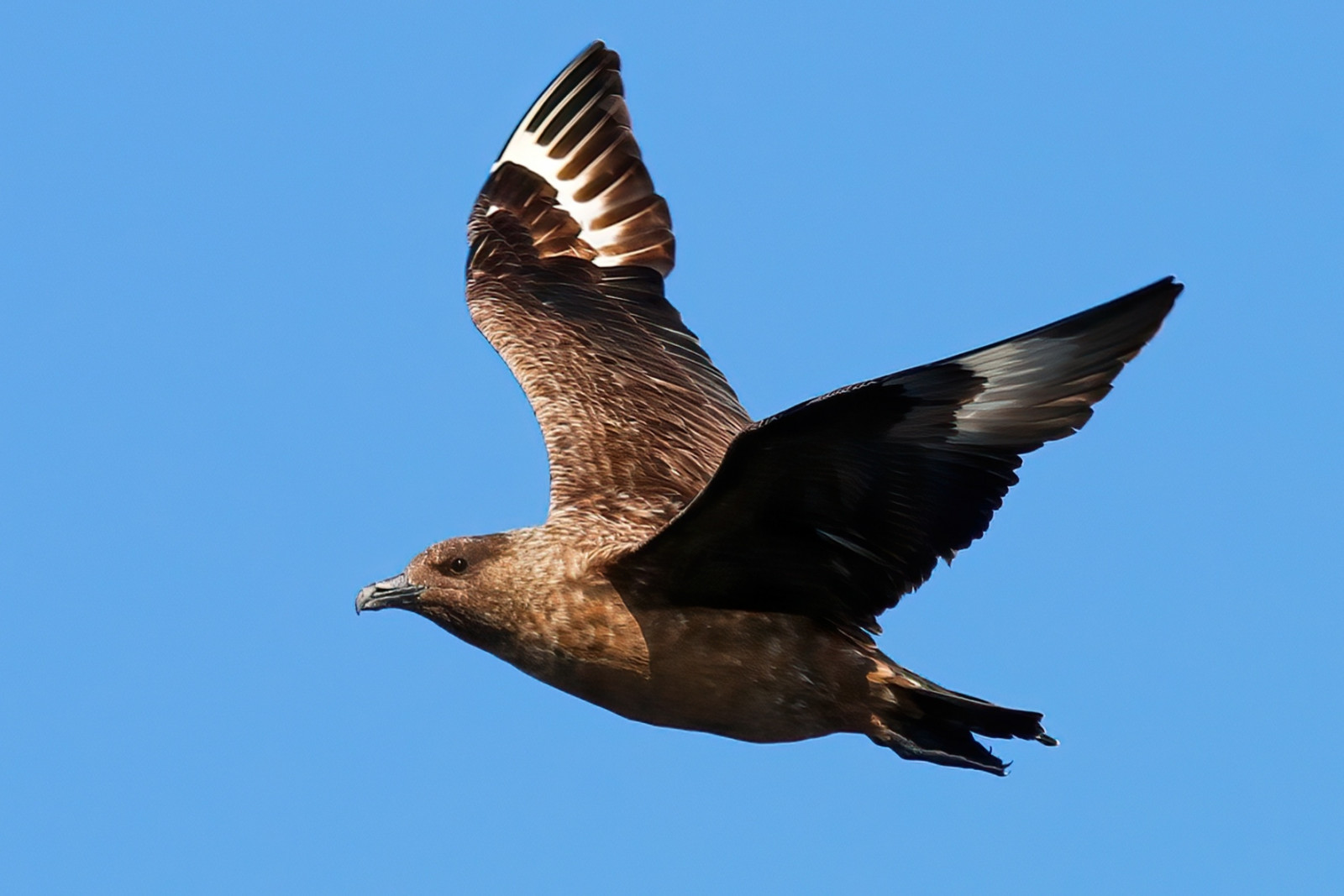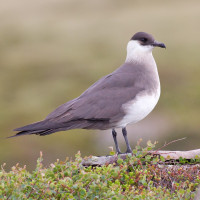Descrição
The island of North Ronaldsay is about 5 km long and around 1.5 km wide, being flat with little vegetation. Because of its location, it does attract a high number of vagrants and also hosts species such as Arau-d'asa-branca, Maçarico-real, Moleiro-grande, Moleiro-parasítico and Pintarroxo-de-bico-amarelo. Few people live here but basic accommodation is available at the southern end which is managed by the Bird Observatory. It may be possible to attend some ringing sessions at the observatory, and people staying at the accommodation will most likely have interests in birds and nature too. Not far from the accommodation is the harbour and to the east of that a beach. The main walk to the north of the island is along a tarmac road, and there is a small cafe there.
Detalhes
Acesso
A special feature of this island is the fact that it is impractical to bring a car here, and the only vehicles on the island are used by residents. The most practical way of accessing the island is by air from Kirkwall, there being mostly three flights each day. Air service is by Loganair with a ten-seat 'Islander', and a taxi service is available from the airstrip. There is a ferry, but this only runs once per week.
Terreno e Habitat
Praia , Agricultura , MarCondições
Plano , Paisagem abertaCaminho circular
Nãoé útil um telescópio?
Pode ser útilBoa temporada de observação de aves
Durante todo o anoMelhor hora para visitar
Migração da primavera , Migração de outonoRota
Estrada pavimentadaCaminho dificil
FácilAcessível por
Pé , Cadeira de rodasAbrigo/plataforma deobservação de aves
NãoInformação extra
Visitors should look out for North Ronaldsay Sheep, a local species that lives by the shore. Orcas can be seen off the coast in summer.




